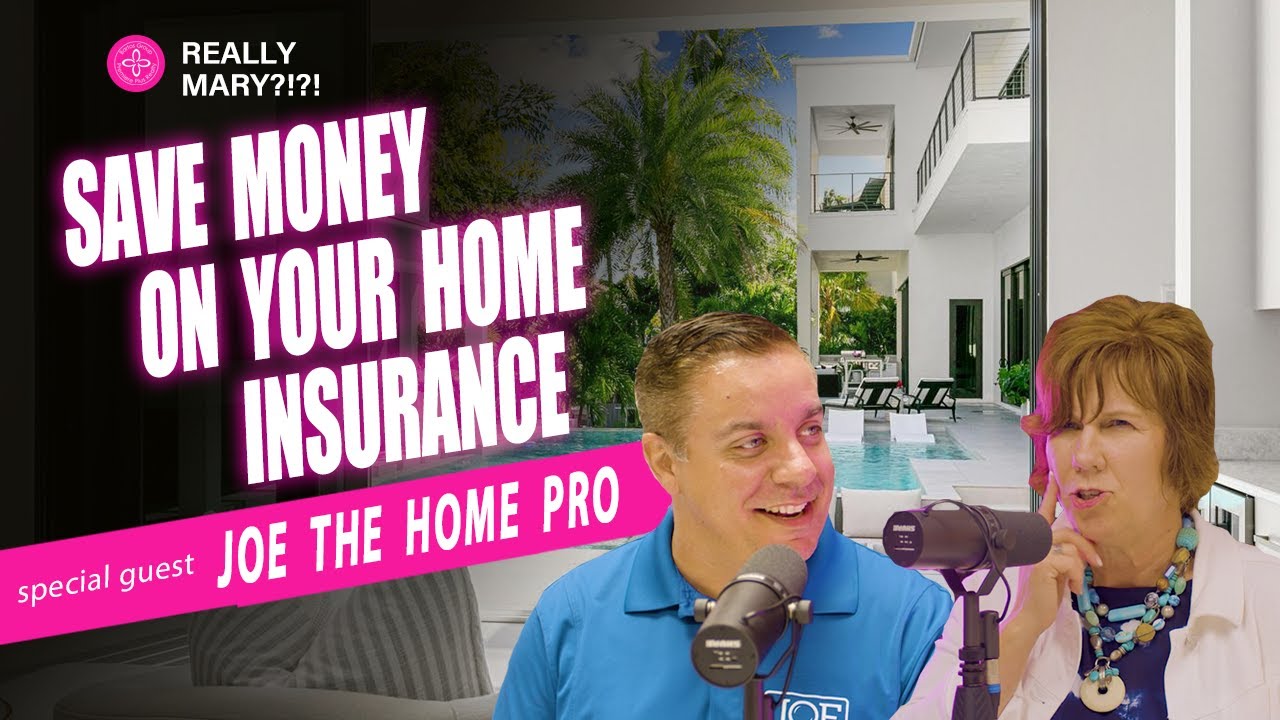
Insurance Inspections in SWFL are no longer optional details reserved for a few niche cases. They have become central to the home-buying, selling, and ownership experience across Southwest Florida. A local home inspection expert breaks down why these inspections matter, what they cover, when they are required, and how they can save thousands on premiums while reducing stress when a claim is needed.
Why Insurance Inspections in SWFL Are Suddenly Everywhere
Insurance Inspections in SWFL have exploded in frequency over the past decade. What used to be a handful of specialized reports per year can now reach hundreds for a single inspection company. The local climate, aging housing stock, and heightened underwriting standards at insurance carriers have driven this change. For homeowners and agents, the result is clear: being proactive about insurance inspections prevents surprises and often produces meaningful savings.
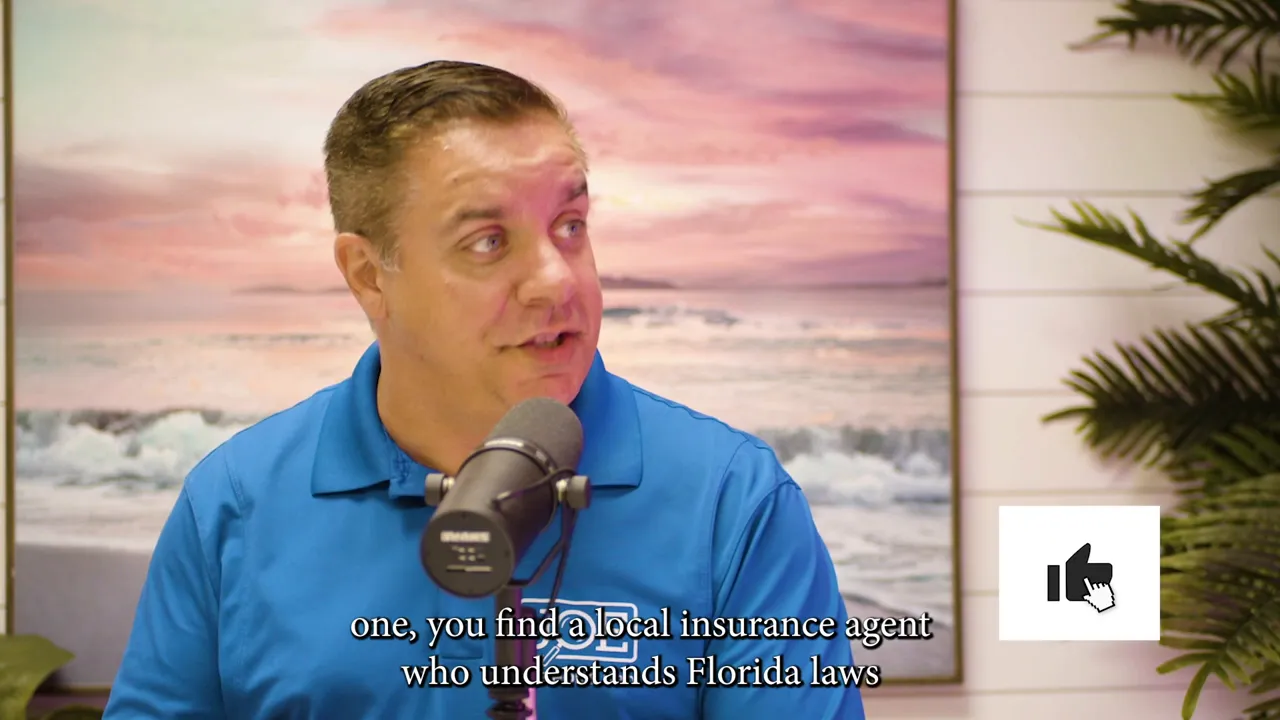
Two Key Inspection Types Explained
There are two insurance-focused inspections that appear most often in Southwest Florida real estate transactions: wind mitigation assessments and four-point inspections. Each serves a distinct purpose for underwriters and each influences insurance pricing in different ways.
Wind mitigation assessments
The wind mitigation inspection tells an insurer how well a home is built or retrofitted to withstand hurricanes and high-wind events. Inspectors evaluate several features, including roof shape, roof-to-wall connections, the presence of impact-resistant glazing or shutters, and the fastening methods used for shingles and roof decking. They also check for straps and clips that tie the roof to the rest of the structure. These straps reduce the chance of roof uplift during a storm.
Wind mitigation reports are typically valid for five years. When a homeowner installs a new roof, replaces windows with impact glass, or adds hurricane shutters, that often triggers a new round of credits from carriers. The savings can be substantial. In many cases, a single wind mitigation can lower premiums by hundreds or even a couple thousand dollars annually—making an inexpensive inspection a high-return investment.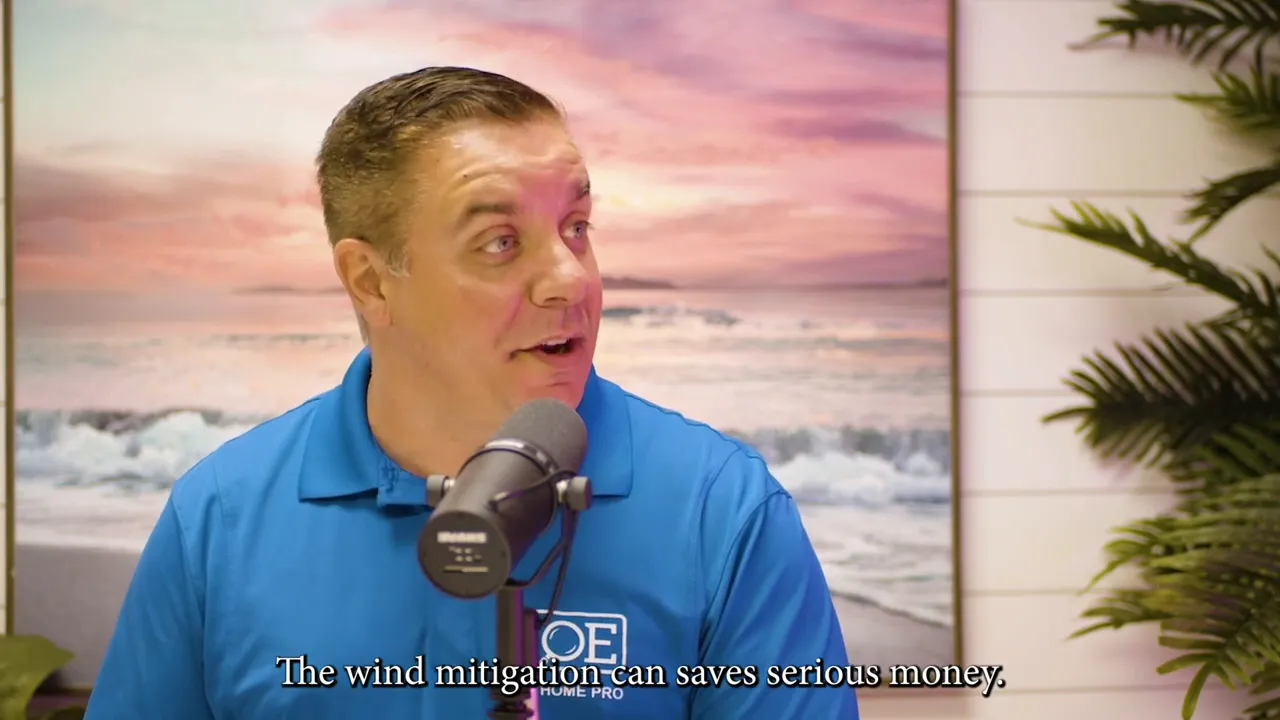
Four-point inspections
Four-point inspections are focused, insurer-oriented reports that document the condition and age of four major home systems: roof, plumbing, electrical, and HVAC. Rather than being a substitute for a full general home inspection, a four-point is a risk assessment tool for underwriters. Inspectors take a series of photographs and complete a detailed questionnaire—typically dozens of items—to report system types, visible deficiencies, and estimated ages.
Four-point inspections are most common for homes roughly 20 years old or older. Underwriters use them to decide whether to offer a policy, to set premiums, or to require upgrades. For example, the presence of aluminum branch wiring or certain types of outdated plumbing can either limit market options or force carriers to add a premium. Even if an appliance like a water heater appears fully functional, its age may trigger a carrier requirement to replace it if it exceeds the company’s acceptable lifespan threshold.
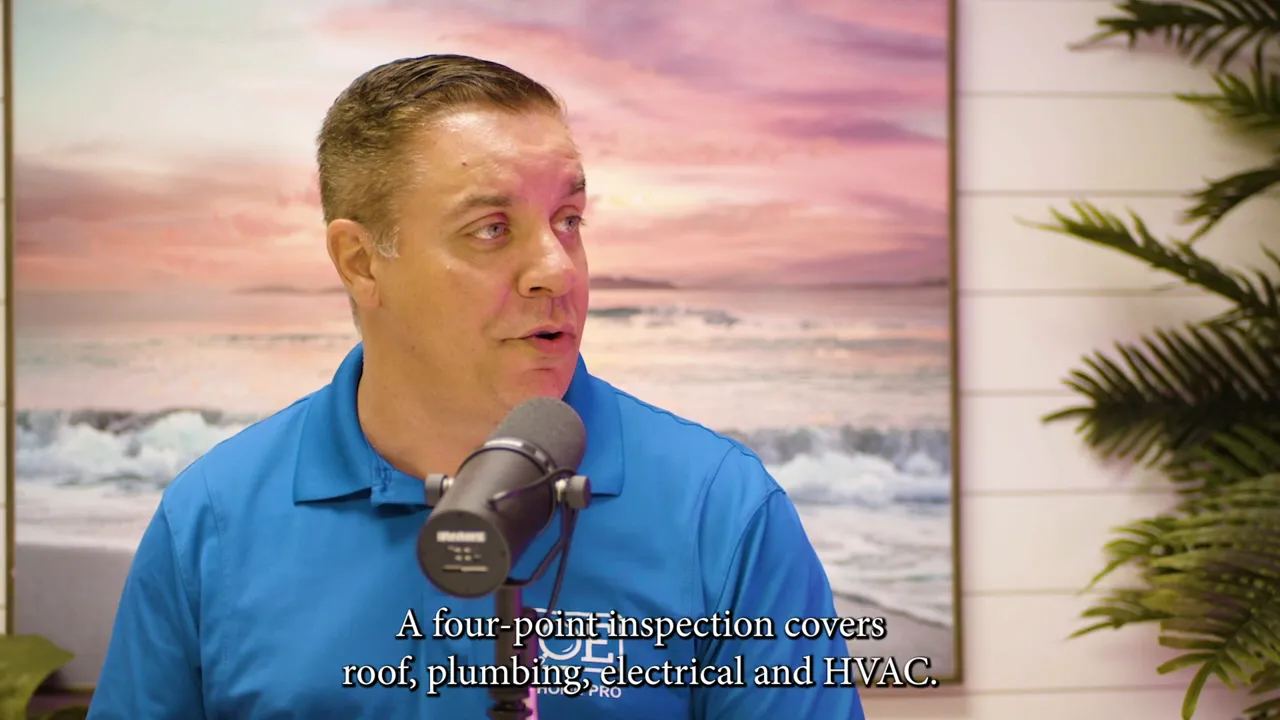
Who Needs These Inspections and When
Insurance Inspections in SWFL are commonly requested during real estate transactions, policy renewals, or after the homeowner makes significant structural or system upgrades. Typical triggers include:
- Purchasing a home built in 2004 or earlier
- Installing a new roof, impact windows, or hurricane shutters
- Obtaining a new insurance policy or renewing with a carrier that requests updated risk data
- Trying to lower a premium by proving mitigation measures already exist
Some agents and carriers will request these reports proactively. Others will only ask when a condition suggests elevated risk. A well-informed insurance agent can advise whether a wind mitigation or four-point inspection will be beneficial before closing.

What Inspectors Look For VS What a Home Inspector Reports
It is important to distinguish insurance-focused inspections from a general home inspection. A general inspector looks broadly at safety, function, and long-term maintenance items. An insurance inspector evaluates risk in insurer terms: if a component fails, how likely is it to cause a costly claim? For example, a home inspector might note that a water heater is 18 years old but still functioning. An insurance underwriter may consider that an unacceptably high risk and require replacement because the potential for catastrophic water loss increases with age.
How Often Must a Wind Mitigation Be Updated?
Wind mitigation credits typically last five years, but they may be re-earned sooner after major upgrades. Replacing a roof, installing impact glass, or adding a new garage door or entry door can reset the requirement, prompting insurers to grant credits earlier. Ultimately the policy language and the agent’s diligence determine whether the insurer applies updated credits during renewal.
Cost, Savings, and Value
Both wind mitigation and four-point inspections are relatively inexpensive when compared to potential savings and the avoidance of denied claims or sharp premium increases. The outlay for an inspection can be dwarfed by annual premium reductions that accumulate over time. In many cases, simple documentation of existing protections such as straps, impact glass, or a newer roof translates to meaningful year-over-year savings.
Picking the Right Local Agent and Inspector
Insurance Inspections in SWFL are best navigated with a local insurance agent who understands Florida-specific laws and carrier expectations. The market is unusual compared with many other parts of the country; what is normal in Southwest Florida may feel foreign elsewhere. Choosing an agent who proactively manages inspections and applies credits at renewal is as important as choosing a qualified inspector who knows what underwriters need to see.
- Work with an inspector experienced in insurance reporting and familiar with carrier requirements.
- Choose an insurance agent who checks for mitigation credits and requests updated reports when warranted.
- Keep documentation of upgrades and inspection reports handy for renewals and sale closings.
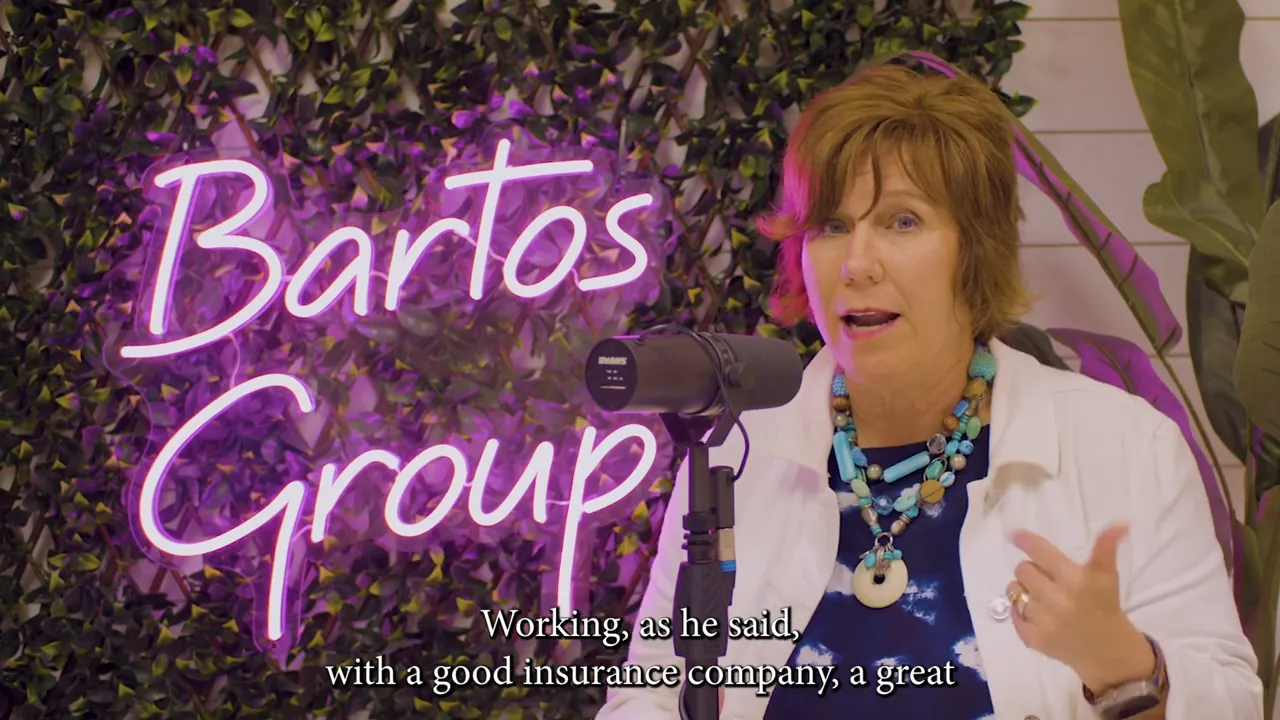
Common Misconceptions
Many homeowners believe these inspections are scams or unnecessary paperwork. In reality, insurance inspections are simply a translation of a property’s condition into underwriting language. They do not replace a general inspection, but they help insurers price risk more accurately. Another misconception is that being required to replace a system means the home is unsafe; often carriers set conservative age thresholds that prioritize minimizing claims exposure over functional status.
Practical Checklist for Buyers and Sellers
Before listing or purchasing a property, consider this quick checklist:
- Ask whether a wind mitigation credit is currently applied to the policy and when it will expire.
- Request a four-point inspection for homes built 2004 or earlier before closing.
- Document any recent upgrades with receipts and permits, such as new roofs or impact windows.
- Consult a local agent to determine whether additional inspections would reduce premiums.
- Factor possible required replacements into budgeting for older systems like plumbing or electrical.
Conclusion
Insurance Inspections in SWFL are a practical and often cost-saving part of owning and transacting homes in the region. Wind mitigation assessments and four-point inspections give carriers the risk information they need and give homeowners options to secure better pricing. With the right local agent and experienced inspector, homeowners can turn these requirements into opportunities to reduce premiums and avoid unexpected denials or surcharges.
Insurance Inspections in SWFL reward preparedness. Document upgrades, stay current with reports, and engage professionals who understand local underwriting. When approached correctly, these inspections are not obstacles but tools that protect both property and pocketbook.
Insurance Inspections in SWFL are essential for buyers, sellers, and long-term homeowners who want predictable costs and fewer surprises during renewals or claims.
Insurance Inspections in SWFL can be inexpensive ways to realize real savings—often hundreds or thousands per year—making them worth the minimal upfront investment.
Frequently Asked Questions
How long is a wind mitigation report valid?
A wind mitigation report is typically valid for five years, though it may be updated sooner if the homeowner completes qualifying upgrades such as a new roof, impact windows, or hurricane shutters.
Does a four-point inspection replace a general home inspection?
No. A four-point inspection is not a substitute for a full home inspection. It focuses specifically on roof, plumbing, electrical, and HVAC to inform insurance underwriters about the property’s risk profile.
Will a carrier require replacement of older equipment even if it works?
Yes. Insurance carriers often use age thresholds to determine acceptable risk. Equipment such as water heaters or HVAC units that exceed a certain age may be required to be replaced even if functioning at the time of inspection.
How can homeowners find an agent who will apply mitigation credits?
Work with a local insurance agent familiar with Florida carriers and policy language. Ask whether they proactively check for mitigation credits at renewal and whether they require updated inspections when homeowners complete qualifying upgrades.
Are these inspections expensive?
No, they are relatively inexpensive when compared with the potential annual savings on premiums and the costs associated with denied claims or retroactive carrier requirements.
Contact Us Today! |
|
Providing you the experience you deserve! |
| Click me |
